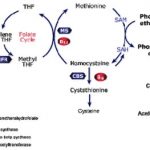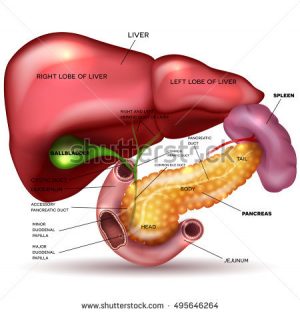https://www.facebook.com/HealthyHerbalTraditionalFamilyMedicine/
Functional Liver Detoxification
Remember, MTHFR is a genetical polymorphism that inhibits the breakdown of co-factors required for liver function due to reduced enzymatic activity.
Phase I
Caffeine Clearance
Low caffeine clearance may indicate slow P-450 enzyme activity and metabolic detoxification.
This can be influenced by heavy metal toxicity, leaky gut (enterotoxins), liver damage, or insufficient nutrient cofactors.
Factors such as the use of medications such amphetamines, cimetidine, NSAID’s or the oral contraceptive pill are reflected here.
High caffeine clearance may reflect excessive P-450 enzyme induction. The may be due to cigarette smoking alcohol, prescribed or illicit recreation drugs, leaky gut (absorption of enterotoxins). This may indicate higher production of free radicals and free radical damage to cells.
Phase II
Glutathionation
Low function may indicate low levels of Glutathione. Glutathione is composed of three amino acids, cysteine, glutamine and glycine, found throughout the body and is made and concentrated in the liver. Glutathione is a major detoxifier in the body. Again, increases free radical damage to cells.
Sulphation
Low sulphate reserves may decrease conjugation of substances like steroid hormones (oestrogen), drugs (recreational and prescribed) xenobiotics (drugs, drug metabolites, environmental toxins or substances not produced by the body) and phenolic compounds. (Generally chemical compounds that naturally are constituents of coal tar and creosote, decomposing organic material, human and animal wastes, and as a compound found in many non-foods and foods)
Glucuronidation
Low levels may indicate low sulphation, or glycination. Glucuronidation is an important Phase II detoxification pathway especially when sulphation and or glycination are compromised
Glycation
Low glycination reduces salicylate conjugation and increases the risk free radical activity (damages cells)




